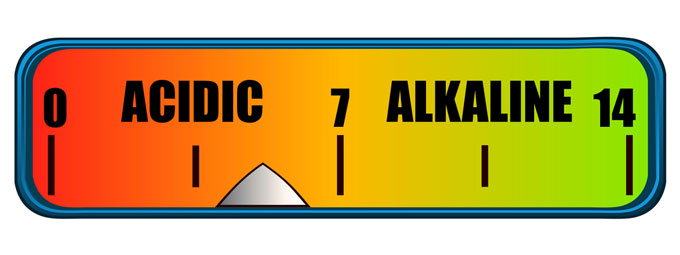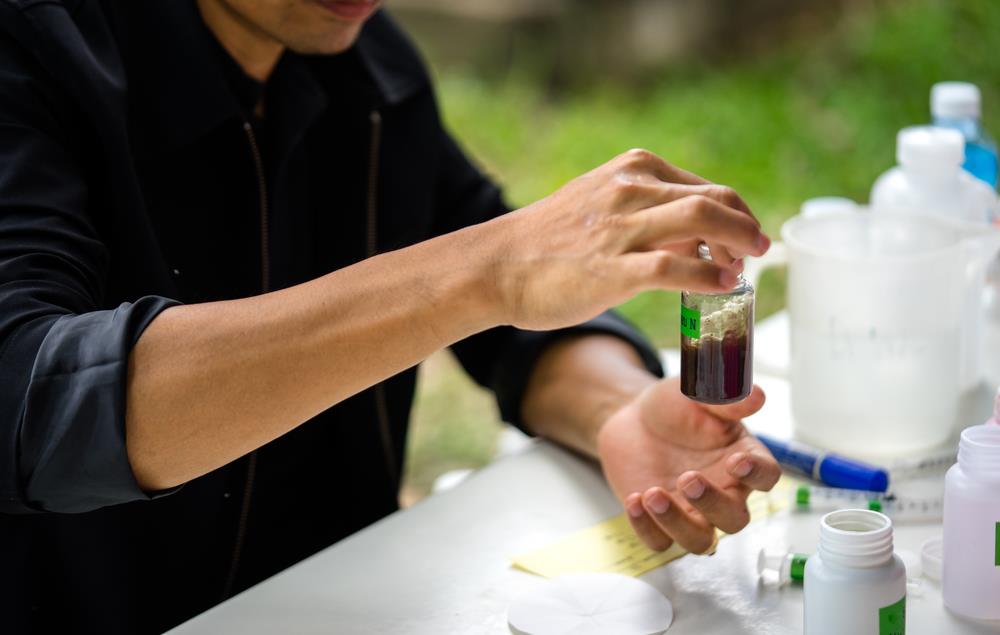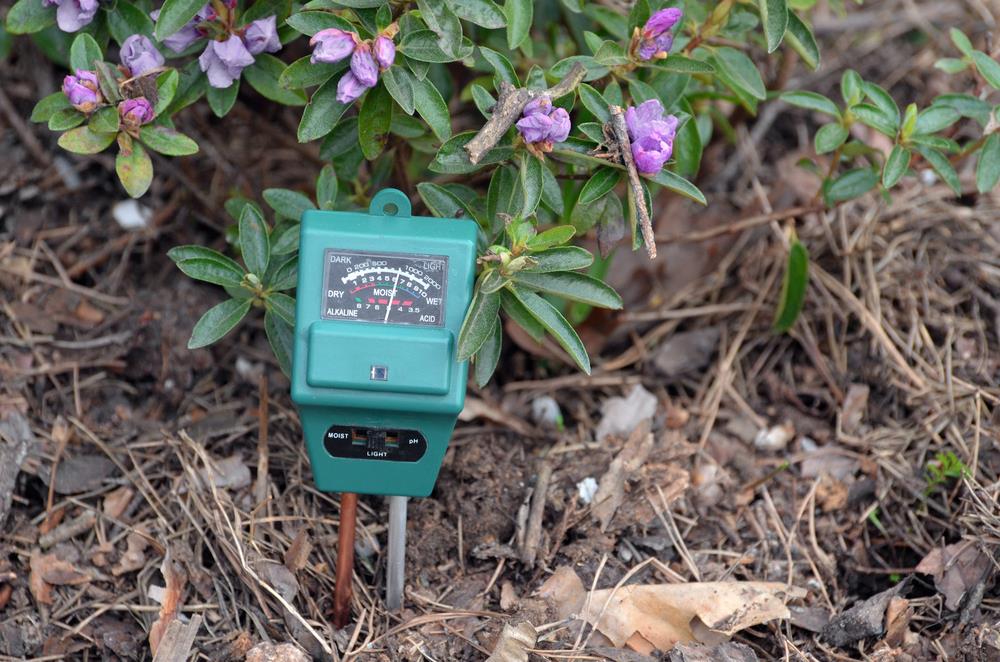When you want to design and plant your garden, it is extremely crucial to know exactly whether your garden soil is alkaline or acid. It is because different plants need different soils to thrive.
The pH number of soil can describe how alkaline or acid your garden soil is. If the value of the soil pH is 7, it means that this soil is neutral; whereas, it is the alkaline soil if that value above 7 and below 7 is the acid one. But How can you test your garden soil's pH?
When to test soil pH
It is particularly necessary to check the pH of your garden soil before you design and plant your new garden, plant fruit, make vegetable plots, where the situation of yellowing foliage is happening or when the growth is unsatisfying.
Lime is used to increase the soil pH by adding to the soil to make it more alkaline while acidifying materials are used to decrease the pH of the soil.
You can check your soil pH whenever you want, but if you do this test in about three months to add organic matter, lime or fertilizer, the test might give confusing results.
Why test my soil?
Getting all necessary nutrients from the garden soil is a good thing for healthy plants. However, in case your garden soil is too alkaline or too acid, those nutrients will be unavailable, even if you’ve added a big amount of fertilizer.
Acidity affects strongly the ability of plants to absorb soil nutrients, and it also affects the organisms living in soil.
The assimilation of most nutrients necessary for plants can happen chemically when the value of soil pH ranges around 6-7.5.
- If the value of soil pH below 6, many nutrients, for example nitrogen, potassium, and phosphorus, are limited.
- If that value exceeds 7.5, manganese, phosphorus and iron are limited.
So knowing the pH of your soil is especially crucial if you want to plant veggies nutrient-dense.
How to test your garden soil's pH?

There are many ways to do it, following are some suggestions:
Check your garden soil pH by using a DIY kit available at any garden centers.
You can buy a soil pH testing kit from a nursery or garden center. It’s crucial to select a soil sample for checking. But avoid choosing areas lately treated with compost, fertilizer and other materials because they can affect the results. The pH of the soil can range extensively across the garden; therefore, it will be more accurate to check samples from many areas to get the best result.
Take away any twigs and stones from your samples and take a needed amount to put in the tubes. Put the chemical solution in and shake the contents. Then wait until the mixture settle. When this liquid clears, compare it with the chart- the color of liquid describes the pH.
This result can help you choose the right plants to grow in your garden. It’ll save the wasted effort and disappointment of growing plants never thriving in your garden soil- let alone in wasted money.
Check your soil regularly to know which nutrients your garden soil needs exactly.
Check the pH of your garden soil with baking soda and vinegar.
From different areas in your garden, collect a cup of sample soil, then place two spoonfuls in different containers. Next, add vinegar to one container of soil, about 1/2 cup. Your soil will be an alkaline one in case it fizzes, with the pH from 7-8.
If it doesn’t happen, you should pour distilled water into the other container containing 2 teaspoons of soil. Then you should add extra 1/2 cup of baking soda. Your soil will be an acidic one in case it fizzes with a pH from 5-6.
It will be happy if your garden soil does not react because it is a neutral one with the pH of 7.
Check the soil pH by using Red Cabbage
Using food processor or knife to cut a head of red cabbage. The solution you get from the juice of this cabbage can change the color that depends on the pH of the things it contacts. Then boil the distilled water. Purified distilled water can give you a more accurate result of pH checking.
After chopping red cabbage, add it to the distilled water which is boiling. Then, leave it for soaking in around ten minutes and take out the pieces of solid, you will get the juice which is violet-hued. The pH value of this juice will be about 7- neutral.
Check the juice of the cabbage. Use two different cups for containing a small amount of the cabbage juice. Then put baking soda into one cup and vinegar in the other. Vinegar will turn the solution hot pink because it is acidic, while baking soda will make the solution turn green or blue because of its alkaline property.
Check your garden soil. Use a clean cup for containing a few juice of cabbage and add to it one or two teaspoonfuls of soil. Wait for thirty minutes, then examine the color.
- Violet or Purple means its pH is proximate 7- neutral.
- Pink indicates it’s an acidic soil with the pH from 1-7. The bright of the pink is directly proportional to the acidic property of the soil.
- Green or blue indicates the soil is alkaline with the pH from 8-14. The bright of the green is directly proportional to the alkaline property.
How to change Your Soil pH

If the pH result below 7, add quick lime or dolomite as well as moderated wood ash to your soil. You can take them at any gardening centers.
If the pH value above 7, using organic matters, such as peat moss, dissolved tree leaves or pine needles to add to your soil. Sulfur is also really effective.
Change your garden soil pH to grow any plants you want. For instance, sulfur can be added to any areas of your garden to stimulate lovely blue blooms which thriving on acidic soils. Don’t let the soil pH prevent you from making your garden more diversified and healthy.
Conclusion
Checking your soil is not complicated. Each plant thrives in its right soil; therefore, knowing clearly about the soil pH will help you grow plants thriving in that soil as well as expand the diversity of plants in your garden.
Let do it now and enjoy your gardening!
Author Bio:
Leslie J. Shearer is the founder and owner of the blog colorgardening.com. Gardening is her passion and she has a deep relationship with nature. Growing plants and digging deep to germinate flowers and vegetables brings positivity in her life.
